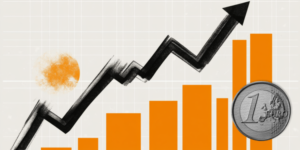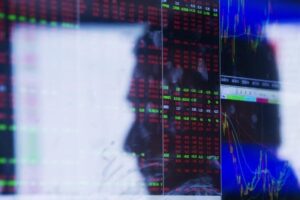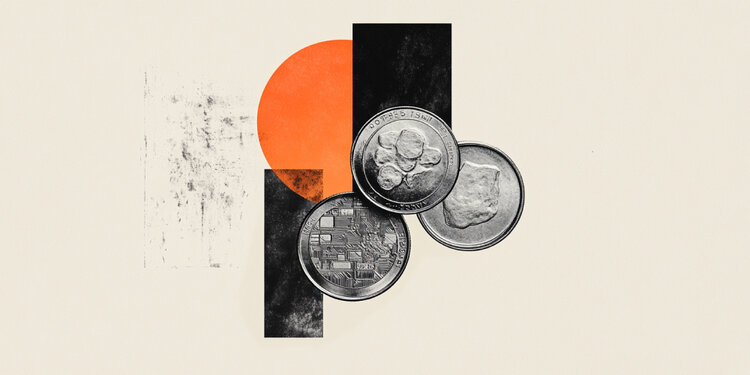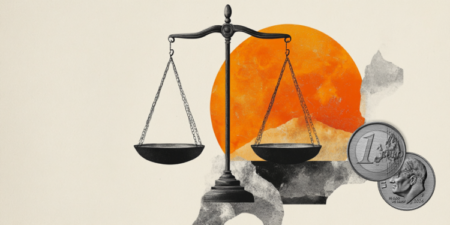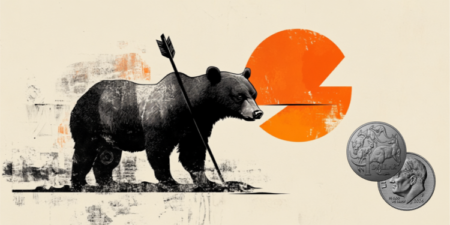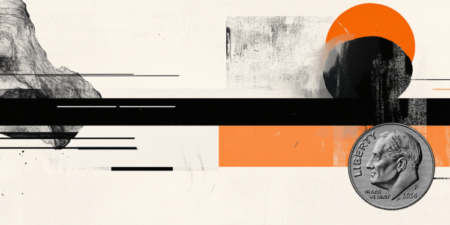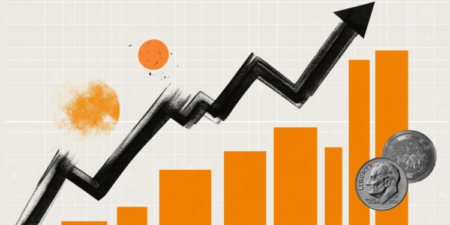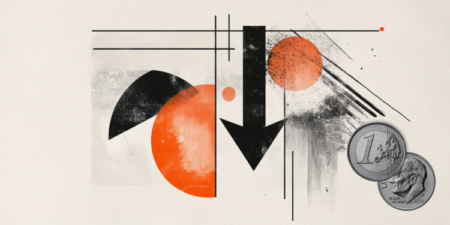- Silver price could appreciate further due to robust economic figures from China released on Friday.
- China’s Industrial Production grew by 6.2% YoY in December, marking the fastest industrial output growth since April.
- The non-yielding Silver appreciated as softer US data sparked speculation of the Fed implementing two interest rate cuts in 2025.
Silver price (XAG/USD) holds steady after three consecutive days of gains, trading near $30.80 per troy ounce during the Asian session on Friday. The industrial demand for the grey metal may rise further, supported by strong economic data from China.
China’s Industrial Production grew by 6.2% year-over-year in December, exceeding market expectations and the 5.4% growth rate recorded in November. This marks the fastest industrial output growth since April, driven largely by stronger manufacturing activity following stimulus measures introduced in September.
Additionally, China’s Gross Domestic Product (GDP) expanded by 5.4% YoY in Q4 2024, up from 4.6% in Q3. Quarterly, the economy grew by 1.6% in Q4, aligning with market forecasts, compared to a 0.9% increase in the previous quarter.
The price of the non-yielding metal found support amid rising expectations that the Federal Reserve (Fed) will lower interest rates this year. This dovish outlook for the Fed gained traction following weaker-than-expected US Retail Sales data released on Thursday. Retail sales rose by 0.4% month-over-month (MoM) in December, totaling $729.2 billion. This figure fell short of market expectations for a 0.6% increase and was lower than the previous month’s 0.8% rise (revised from 0.7%).
Furthermore, softer-than-expected underlying inflation in the US has fueled speculation that the Fed could implement two rate cuts this year. The core Consumer Price Index (CPI), which excludes volatile food and energy prices, rose by 3.2% year-over-year (YoY) in December, slightly below both the previous month’s 3.3% increase and market forecasts of 3.3%. Monthly, the core CPI grew by 0.2%, compared to a 0.3% rise in the prior month.
Silver, a non-interest-bearing asset, finds additional support as US Treasury bond yields for the 2-year and 10-year notes stand at 4.23% and 4.60%, respectively, at the time of writing. Both yields are on track for a weekly decline of over 3%.
The US Dollar Index (DXY), which measures the USD’s performance against six major currencies, hovers near 109.00 and remains subdued for the fifth consecutive session. A weaker USD makes Silver more affordable for buyers using foreign currencies, boosting demand for the precious metal.
In addition, expectations of lower interest rates extend to the United Kingdom (UK), where economic data showed mixed signals. British GDP grew by 0.1% month-over-month (MoM) in November 2024, rebounding from contractions of 0.1% in both October and September. However, this growth fell short of the anticipated 0.2% increase.
Silver FAQs
Silver is a precious metal highly traded among investors. It has been historically used as a store of value and a medium of exchange. Although less popular than Gold, traders may turn to Silver to diversify their investment portfolio, for its intrinsic value or as a potential hedge during high-inflation periods. Investors can buy physical Silver, in coins or in bars, or trade it through vehicles such as Exchange Traded Funds, which track its price on international markets.
Silver prices can move due to a wide range of factors. Geopolitical instability or fears of a deep recession can make Silver price escalate due to its safe-haven status, although to a lesser extent than Gold’s. As a yieldless asset, Silver tends to rise with lower interest rates. Its moves also depend on how the US Dollar (USD) behaves as the asset is priced in dollars (XAG/USD). A strong Dollar tends to keep the price of Silver at bay, whereas a weaker Dollar is likely to propel prices up. Other factors such as investment demand, mining supply – Silver is much more abundant than Gold – and recycling rates can also affect prices.
Silver is widely used in industry, particularly in sectors such as electronics or solar energy, as it has one of the highest electric conductivity of all metals – more than Copper and Gold. A surge in demand can increase prices, while a decline tends to lower them. Dynamics in the US, Chinese and Indian economies can also contribute to price swings: for the US and particularly China, their big industrial sectors use Silver in various processes; in India, consumers’ demand for the precious metal for jewellery also plays a key role in setting prices.
Silver prices tend to follow Gold’s moves. When Gold prices rise, Silver typically follows suit, as their status as safe-haven assets is similar. The Gold/Silver ratio, which shows the number of ounces of Silver needed to equal the value of one ounce of Gold, may help to determine the relative valuation between both metals. Some investors may consider a high ratio as an indicator that Silver is undervalued, or Gold is overvalued. On the contrary, a low ratio might suggest that Gold is undervalued relative to Silver.
Read the full article here



